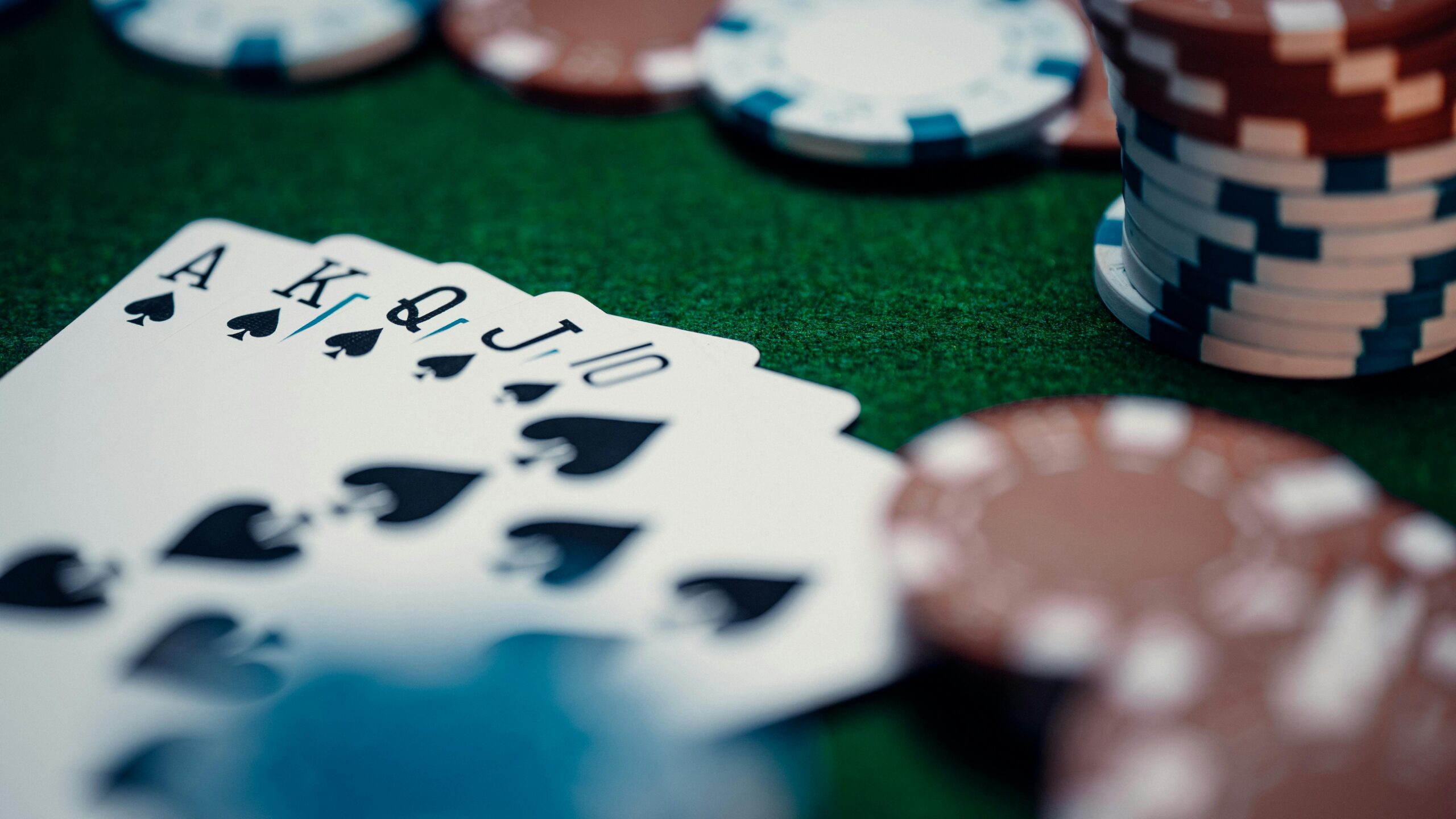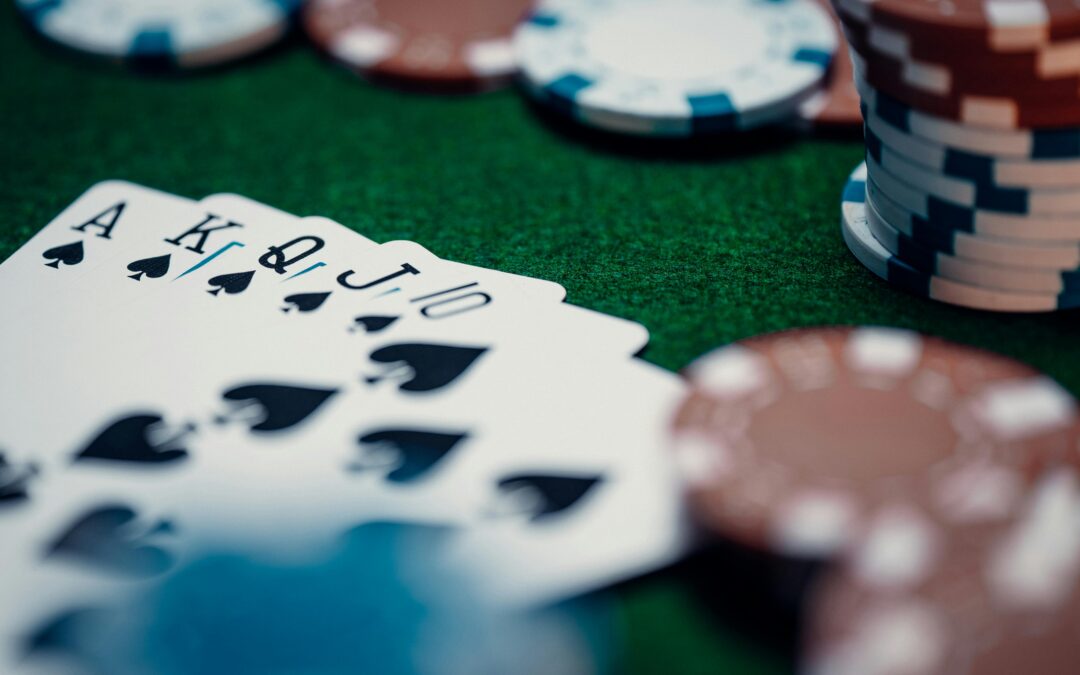Photo by Pixabay from Pexels
There’s something oddly comforting about seeing a row of cherries or a grinning joker spinning across a screen. These symbols have long outlived their physical slot machines, making their way into digital games, T-shirts, tattoos, and even art galleries. But have you ever wondered how we got here—how such a niche set of symbols came to represent chance, risk, and reward across cultures?
From the first mechanical slots to today’s virtual reels, the symbols we associate with casinos have evolved in unexpected ways. Their journey is as much about design as it is about gambling—and today, they’re just as likely to be appreciated for their visual style as their win potential.
Many modern platforms, like sawan365, are part of this shift. As online gaming grows more design-conscious, old symbols are being reborn in sleeker, smarter forms. And it turns out these icons say a lot more than “You’ve won!”
From Fruit Machines to Pop Culture: A Brief History
Let’s rewind to the early 20th century. When gambling laws restricted cash payouts, slot machines found a clever workaround. Instead of coins, they dispensed gum and candy—each flavor represented by a fruit symbol on the reels. That’s how we ended up with cherries, lemons, and plums as mainstays of early machines.
These so-called “fruit machines” made gambling look innocent and even fun. Over time, the fruits stuck around even after cash prizes were reinstated. They’d become a kind of visual shorthand: instantly recognizable, bright, and easy to animate.
Later came the bell, the bar, and the lucky number seven—each symbolizing a different promise of fortune. By the 1950s, these images were so embedded in gambling culture that they spilled into other parts of life: pin-up art, Las Vegas décor, even cartoon animation.
Why These Symbols Still Work
Good iconography does two things: it communicates quickly, and it sticks in your brain. Casino symbols excel at both.
- Cherries represent small wins, visually sweet and often used to tease players into another spin.
- Sevens suggest perfection or divine luck—drawing from religious and cultural connotations.
- Dice call back to games of chance beyond the slot machine, tying everything back to the primal excitement of randomness.
Each symbol is simple enough to understand at a glance but loaded with cultural meaning. That’s a rare combo, and it’s why they’re still so widely used—even as digital slots become more complex.
The Evolution Into Digital Design
As physical machines gave way to virtual platforms, casino designers had a new kind of canvas. They could now add motion, light, sound, and interactivity to their visual elements. But many still chose to stick with traditional symbols—why?
Partly nostalgia. Partly psychology. These icons trigger familiarity, which encourages trust and makes users feel at home. Even as new themes—like ancient Egypt or outer space—enter the scene, you’ll often find classic symbols hiding somewhere in the reels.
Designers now play with depth, gradients, and animation to give these images a fresh edge. A cherry might have a glossy finish or jiggle with anticipation. The lucky seven might sparkle like a Vegas marquee. The visual upgrades keep them relevant while respecting the original vibe.
When Symbols Cross Into Fine Art
It’s not just digital games that have reimagined casino visuals. Artists, too, have taken notice.
Pop artists like Roy Lichtenstein and Andy Warhol famously borrowed from advertising and consumer graphics, blurring the line between lowbrow and high art. Their love for repetition, color contrast, and commercial motifs naturally extended to things like dice, cards, and slot reels.
In more recent years, contemporary artists have embraced casino themes as commentary on consumerism, desire, and risk. Neon installations inspired by casino signage, prints that riff on slot machine sequences, and sculptures shaped like oversized cherries all reflect the visual impact of gambling culture on art.
Some artists see the iconography as kitsch. Others use it to explore deeper emotions—longing, anticipation, even despair. Either way, the aesthetic is instantly readable and endlessly remixable.
Global Takes on Casino Iconography
While many of the core symbols are Western in origin, their meanings and styles have evolved around the world.
- In Japan, pachinko machines blend anime-style visuals with casino mechanics. Bright-eyed mascots replace fruit and dice.
- In Thailand, lucky symbols might include elephants, lotus flowers, or stylized gold coins—incorporating local beliefs into the gameplay.
- In China, red envelopes, koi fish, and dragons bring good fortune and cultural context to slot designs.
Designers who understand this global palette often remix traditional symbols to suit different audiences. That’s part of why platforms like sawan365 succeed—they tailor the visuals to the expectations and tastes of the people who actually play.
Visual Storytelling in Themed Slots
Beyond individual icons, entire narratives are now built into slot machines. Today’s players want more than just matching three symbols—they want experiences.
Casino games now feature full themes, from ancient myths to zombie apocalypses. But even these highly stylized environments still borrow from the classic symbol set. Cherries might be reimagined as forbidden fruit. Dice may become glowing runes. The lucky seven could turn into a magic sigil.
These design choices help players connect the mechanics of the game with the emotions the theme is trying to evoke—whether that’s excitement, nostalgia, or pure chaos.
Tattoos, Fashion, and Design Spin-Offs
Somewhere along the way, casino symbols slipped the boundaries of the screen and ended up in tattoo studios, apparel lines, and even home décor.
People wear cherries on their jackets, get dice inked on their wrists, and hang framed “lucky 7” prints in their kitchens. What started as gaming shorthand has become personal symbolism—especially for people who associate these images with risk-taking, fun, or good fortune.
And let’s not forget how much of this style has been absorbed into the broader aesthetic of “retro cool.” Vintage slot machines, old-school neon, and bold typographic signage all contribute to a design language that’s as fashionable as it is functional.
The Psychology Behind Familiar Icons
On a deeper level, these images do more than decorate—they influence behavior. There’s a reason casinos have never abandoned the fruit and number motifs entirely. They’ve become part of what psychologists call “operant conditioning.”
Seeing a cherry lineup—even if it’s not a jackpot—still gives you a dopamine hit. It signals progress, almost-win, or potential. And over time, your brain links those symbols with reward, making you more likely to keep playing.
In digital games, these cues are paired with animations, sound effects, and color flashes to heighten the response. It’s design that’s meant to be felt, not just seen.
When Art and Odds Align
So, are casino symbols art? Maybe not in the traditional gallery sense, but they absolutely belong to a visual language that’s rich with meaning and cultural baggage.
The cherry isn’t just a fruit. The dice aren’t just cubes. And the number seven? It’s been lucky long before slots even existed. Together, they form a vocabulary of risk, reward, and ritual that artists and designers continue to reinvent.
Online casinos, especially design-forward ones like sawan365, are giving these classic elements room to breathe. They’re bringing artistry to the interface—where every spin is also a mini exhibition in color, motion, and metaphor.
 Photo by Volker Thimm from Pexels
Photo by Volker Thimm from Pexels
Final Thoughts
Casino iconography isn’t stuck in the past—it’s thriving in new formats. From sleek mobile interfaces to gallery-inspired visuals, the symbols of luck and chance continue to evolve. They hold onto their history while inviting artists, designers, and players to see them in a new light.
Maybe the next time you spot a cherry or a shiny number seven, you won’t just think “win.” You might think—design, culture, even art.

